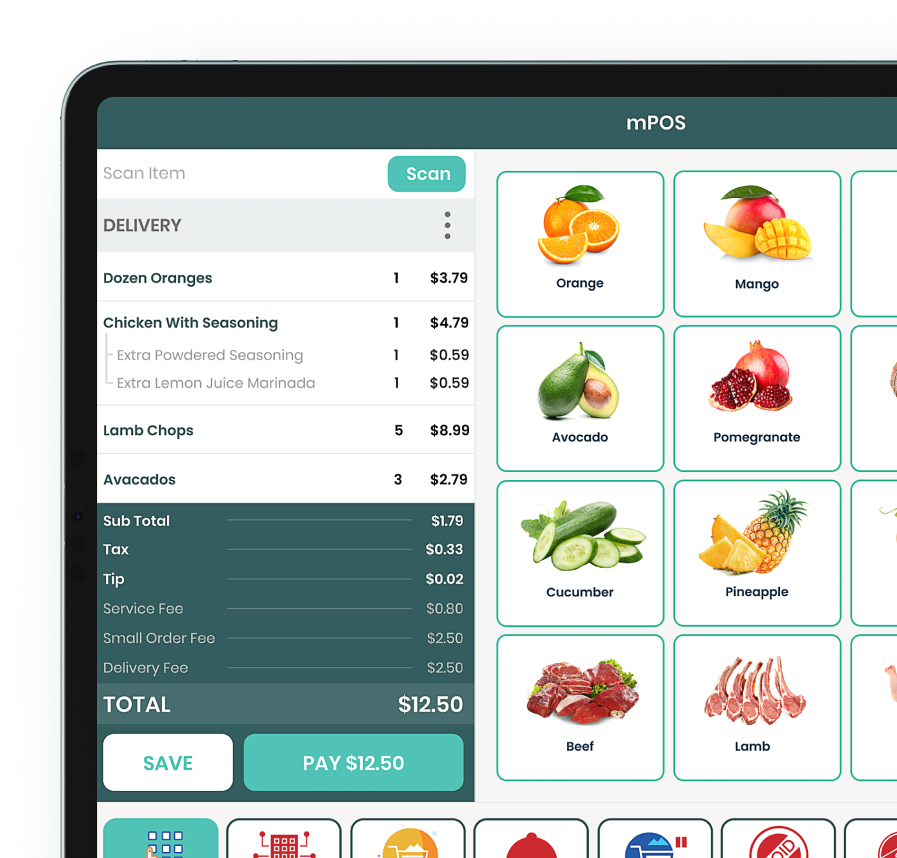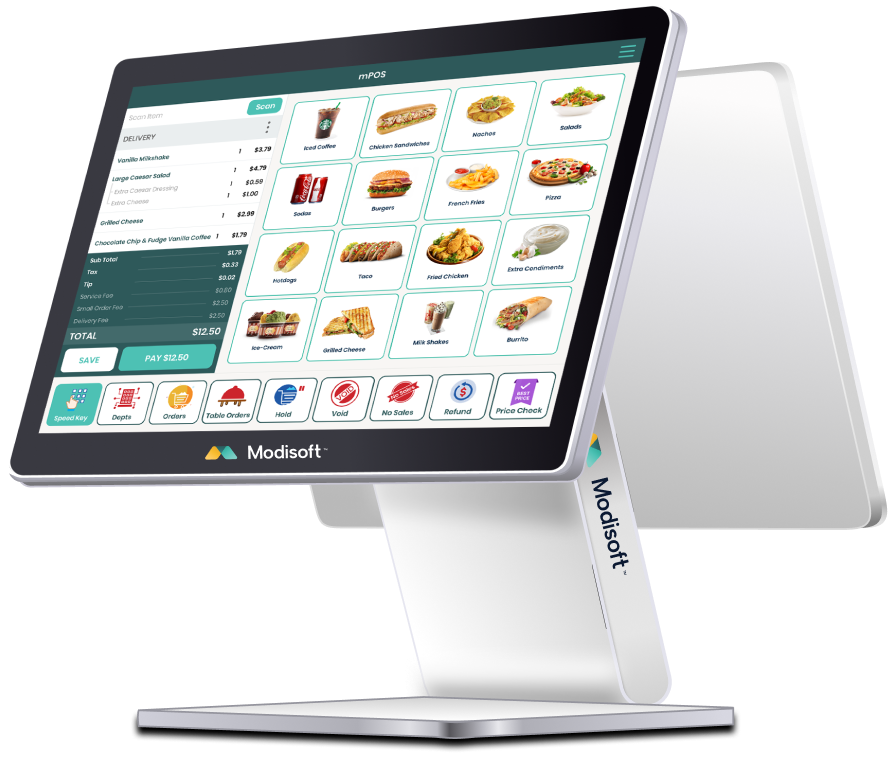
7 Ways Online Ordering System Can Boost Your Restaurant Profit
In recent years, tech developments have redefined what it means to improve customer satisfaction. Now, customers seek convenience, control, and quick service when interacting with a brand. This is where online ordering comes in. The perfect way to order food from the comfort of your home. Online ordering not only helps people save time but also enables restaurants to boost profits – a win-win situation for everyone. But how can an online ordering system boost restaurant profit? Let’s dive in! What Is an Online Ordering System & How It Works A restaurant online ordering system is a system designed to make the ordering process easy for customers and restaurateurs. It allows customers to order products without the need to visit the restaurant. The ordering system works when a customer interacts with your online menu via a website or application. A good restaurant’s online ordering system allows customers to securely pay online, personalize their order, and receive order updates, all with a few intuitive taps. Online ordering helps the restaurant staff as well since the customer’s order pops into your KDS for swift order preparation. The customers’ contact and order information get stored in your back-office software for future purchases, discounts, promotions, and loyalty rewards. This makes the whole process easy and smooth, allowing both parties to save valuable time. But do you need online ordering, or is it just an extra cost for your restaurant? Why Your Restaurant Needs an Online Ordering System Online ordering has grown 300% faster, as compared to dine-in since 2014, and now accounts for up to 40% of the total restaurant sales. Without having a robust online ordering system in place, you may lose 40% of potential sales. This is the biggest reason to have a reliable and secure online ordering system. Here are 3 other reasons why your restaurant should implement a restaurant online ordering system. Improve Order Accuracy Phone orders can be inaccurate due to the different volume levels, loud background noise, or language barriers. This could result in poor customer experience and food waste. Online ordering gives the customer the comfort of selecting their favorite meal without talking or explaining to your staff. Save Money Customers can take a long time to order food from your restaurant. This could not only occupy space for a longer time but also make it difficult for your staff to deal with confused customers. Online ordering prevents any lost time that staff might experience and allows customers to order food online. Enhance Marketing An online ordering system helps you to improve your marketing by allowing more people to buy from you. By creating deals and offering promotional discounts, you can attract more customers. You can also capture emails and contact details, which allows you to remarket these individuals with special discounts. 7 Ways to Utilize Online Ordering System to Boost Your Restaurant Profit Now that you are aware of the importance of an online ordering system, you might be wondering how it can boost profits. Here are the top 7 ways to utilize an online ordering system to maximize your revenue. Personalized Experience A robust restaurant online ordering system offers customers the ability to tailor their orders according to their preferences. Your customers can select from dietary restrictions or exclude specific ingredients. This personalized approach enhances customer satisfaction, allowing them to come back for more. Improve Order Management Order management is the backbone of your restaurant operations. A slight mistake in the order can ruin the customer’s experience. A restaurant’s online ordering system can help you streamline your order management process. You can avoid costly mistakes, enhance customer experience, and save time while helping your bottom line. Minimal Labor Costs Cutting costs is the key for restaurants to maximize profits. An online ordering system can help you to avoid hiring more staff. You don’t need the waiters to take the orders that are from the online ordering system. Automation helps you to save money while bringing more accuracy. Cutting labor costs is a big strategy that a restaurateur can deploy. Get Better Consumer Data One of the significant benefits of an online ordering system is the data it generates. You can get a wealth of data related to order trends, popular items, customer feedback, and much more. This helps you to make informed decisions, identify areas of improvement, adjust price strategies, and make choices that positively impact revenue. Be Available Everywhere An online ordering system allows customers to conveniently place their orders from anywhere, at any time. This flexibility not only improves the customer experience but also helps you to reach a wider audience. The increased accessibility results in more sales, ultimately giving you more profits. Upselling & Cross-Selling Upselling and cross-selling are popular marketing practices to increase the average order value. By utilizing the online ordering system, you can implement suggestive selling techniques to sell underperforming products or items. You can suggest additional sides or beverages to encourage customers to spend more. This ultimately increases check size and adds more revenue. Transparency An online ordering system gives you complete transparency on your sales and orders. It also provides a secure gateway for your customers to order their favorite meals. They can know the exact price of the dish; with the time it will take to deliver or be picked up. Once the order is complete, the customer feels satisfied, and the restaurant earns their trust. How To Set Up a Restaurant Online Ordering System? No online ordering system is exactly the same, so when looking to set up a restaurant online ordering system, it’s always crucial to know your options. There are three ways to set up an online ordering system. DIY Restaurant Website Builder Third-party App First-party App DIY Restaurant Website Builder This is the most tedious and time-consuming way to set up a restaurant’s online ordering system. You have to build a website that can accept online food orders and payments. There are dozens of Website Builder tools that can


















































